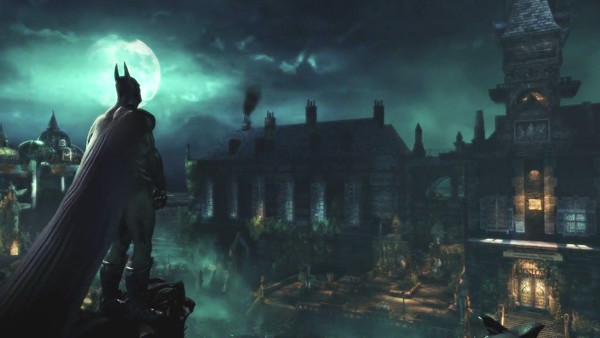Where Did It All Go Wrong With Batman: Arkham?
5. Where It All Began

Batman: Arkham Asylum was an unexpected hit when it released nine (yes, nine) years ago on the Xbox 360, PlayStation 3 and PC. Utilising the talents of Batman: The Animated Series alumni Kevin Conroy and Mark Hamill as Batman and Joker - as well as writer Paul Dini - the game managed to craft a unique yet familiar version of Gotham and set about making the Dark Knight experience the longest night of his career.
Trapped in Arkham Asylum with most of his Rogues' Gallery, Rocksteady's first Batman game is Die Hard in superhero form. It's also aged like wine, combining aspects of stealth, fighting and exploration into a wonderful concoction today known as the 'Arkham Formula'. It lacks challenge in parts, that much is true, and the climax takes a totally unnecessary turn, but Asylum is still the most solid of all the Arkham games - benefitting from the narrow, more linear approach to storytelling that its successors would later divest.
As a package, Asylum is incomparable. The environments are spectacular, the story intriguing, and the voice acting impressive. It's the ultimate Batman experience, but while its semi-linear nature (as well as its views of the Gotham coastline) would inevitably spark calls for a sequel to aim for a bigger and better locale (a request Rocksteady happily obliged in Arkham City), Asylum benefited from restricting the player's movement. Arkham Island was claustrophobic for a reason, and the 'all in one night' trope helped elevate the tension the environment already possessed. So why was only one of these elements repeated for its sequels, prequels and spin-offs?
Arkham Asylum is far from the only great Arkham game out there, but as Rocksteady re-entered the mythos in 2011, and then 2015, it often felt as though the series was taking one step forward, only to take two back shortly after.